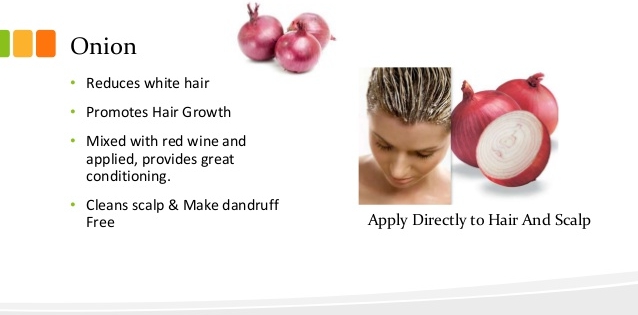Healthy Fats
What are Healthy Fats?
Healthy fats are those that do not raise cholesterol levels. Fat is an essential nutrient that the body uses for many critical functions. Healthy fats provide the body with essential fats that help to keep our skin healthy. The human body does not make healthy fats. Therefore, healthy fats must be obtained through the diet. Being the Blog focuses on acne and skin care, the focus is on omega 3 fatty acids which have been proven to be beneficial to fighting acne.
Omega 3 Fatty Acids
Omega 3 fatty acids provide the human body with anti-inflammatory benefits. Acne is an inflammatory disease. Arming the body with a diet full of anti-inflammatory foods is an excellent strategy to combat this chronic disease. Perhaps the most important benefit of omega-3s is they have been shown to control the production of leukotriene B4. Leukotriene B4 is a molecule that can increase sebum production and cause inflammatory acne breakouts.
Fish & Seafood

Fish and seafood are excellent sources for omega-3s. Fish choices rich in omega-3s include salmon, mackerel, herring, lake trout, sardines and albacore tuna. Seafood choices rich in omega-3s are oysters and mussels. Also oysters are packed with zinc! For healthy servings of fish and seafood, prepare it baked, broiled, grilled or poached. An acne fighting diet should include two servings of fatty fish or seafood weekly.
Nut& Seeds

Walnuts have the most omega 3 fatty acids than other nuts. Therefore walnuts should be the top choice when consuming nuts. Nuts are high in fat and consuming fats whether healthy or unhealthy should be restricted. Therefore eating walnuts in moderation will provide a good dose of omega-3s. Flax seeds have more omega-3s than other seeds. Sprinkle these favorable seeds over steel oats or salads for a full punch of omega-3s!
Beans

Beans do not have as much omega 3 fatty acids as nuts and seeds. But some varieties contain a fair source of omega-3s. Beans are also full of fiber, vitamins, minerals and antioxidants. Plus beans are also a low glycemic food! Therefore, beans are an excellent addition to an anti-acne diet!
Fruits & Vegetables

Fruits in the berry category have the most omega-3 fatty acids content. These include avocados, blackberries, raspberries and strawberries. Vegetables also contain amounts of omega-3s. The best choices include dark green leafy vegetables such as kale, spinach and watercress. Brussel sprouts also contain omega-3s.
Oils

Flax seed, canola and olive oils are excellent choices for omega 3s. Flax seed oil has more omega-3s than canola and olive oil. Olive and canola oils are easily incorporated into an anti-acne diet because they can be used in cooking. Olive and canola oil are excellent for stir frying and roasting vegetables. Flax seed oil can be added to foods before or after cooking. Canola oil is less expensive than olive oil and can withstand higher cooking temperatures. Additionally, all three of these oils can be used in salad dressings.
Notes
Healthy fats regardless of the health benefits are still classified as “fats”. Therefore to avoid any adverse health effects they should be used in moderation.
For your convenience
The Blog has taken on the task of compiling recipes that are loaded with healthy fats. Use the Cookbook and take out all the guess work of an anti-acne diet. Download your copy now!
Before downloading, you will be asked to complete a brief offer.
Before downloading, you will be asked to complete a brief offer.
Learn more about the Approaches:




















